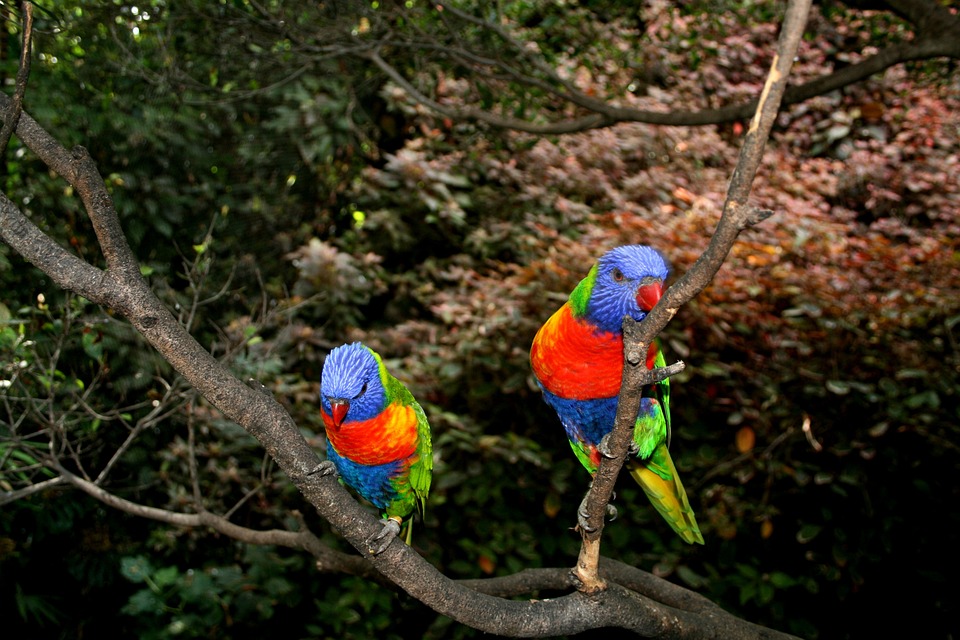Parrots are fascinating creatures known for their intelligence, vibrant colors, and ability to mimic human speech. However, training them can be a challenging task without a deep understanding of their behavior. In this article, we will explore the intricacies of parrot behavior and how they respond to different training cues.
Recognizing the unique characteristics of parrots is the first step in understanding their behavior. Parrots are highly social animals that thrive on interaction and mental stimulation. They have distinct personalities and can display a range of emotions such as happiness, fear, and frustration. By understanding their individual variations, you can tailor your training methods to suit their specific needs.
Building a strong bond with your parrot is essential, and understanding their behavior is key to achieving this. By recognizing their body language cues, you can better interpret their emotions and respond accordingly. For example, fluffed feathers may indicate discomfort or illness, while eye pinning can indicate aggression or fear. By being attentive to these cues, you can create a safe and comfortable environment for your parrot.
When it comes to training cues, positive reinforcement techniques are highly effective. Parrots respond well to rewards such as treats, praise, and attention. By associating cues with rewards, you can reinforce desired behaviors. For example, teaching your parrot to step up onto your hand can be achieved by offering a treat when they successfully do so. Consistency and repetition are crucial in training parrots, as they learn through repetition and reinforcement.
Understanding how parrots respond to training cues requires patience and consistency. Each parrot has its own learning abilities and pace, so it is important not to rush the training process. Some parrots may pick up cues quickly, while others may take more time to learn. By being patient and providing consistent training, you can help your parrot develop new skills and behaviors at their own pace.
Parrot behavior challenges are common and require careful attention. Biting and aggression can be triggered by fear, territoriality, or frustration. Identifying the triggers and implementing corrective measures such as redirecting their attention or providing alternative outlets for their energy can help address these issues. Feather plucking and self-destructive behaviors can be signs of boredom or stress, and providing mental stimulation and enrichment through interactive toys and foraging opportunities can help alleviate these behaviors. Excessive vocalization and screaming can be managed by understanding the underlying reasons, such as attention-seeking or fear, and addressing those underlying causes.
Enrichment and mental stimulation are essential for the overall well-being of parrots. Providing a stimulating environment with interactive toys, puzzles, and foraging opportunities can prevent boredom and encourage natural behaviors. Training sessions can also serve as mental stimulation, as parrots enjoy the challenge of learning new tasks and commands.
In conclusion, understanding parrot behavior is crucial for successful training and building a strong bond with your feathered companion. By recognizing their individual variations in learning abilities, interpreting their body language and vocalizations, and addressing common behavior challenges, you can create a positive and enriching environment for your parrot. Remember, patience, consistency, and positive reinforcement are the key ingredients to successful parrot training.









